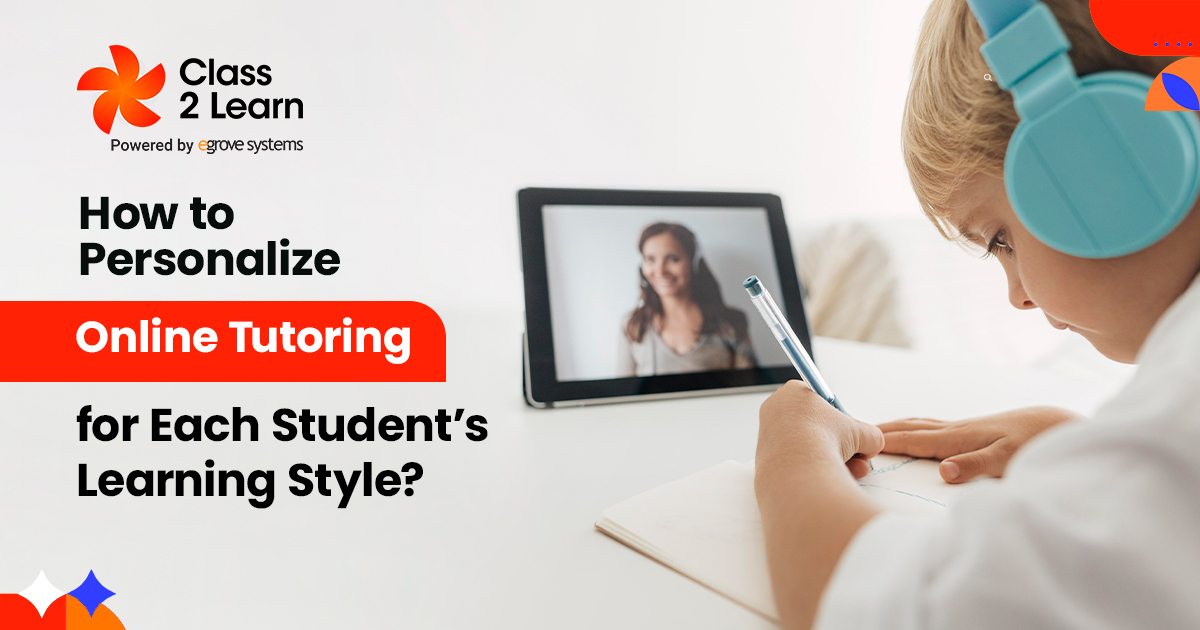Technology has various applications that benefit our society and how we live our lives today, but education technology is one area where it is having a very big impact. Young children are more open to learning new ideas and abilities that will help them as they grow older and join the adult society.The study of educational technology focuses on how to better teach and learn by studying, creating, developing, implementing, and evaluating the instructional environment, learning materials, students, and the learning process.
Children can learn things on a completely new level thanks to educational technologies, which expand their minds and capacities. Ed-tech is a very helpful tool in the classroom just for its practical uses, but it may also improve students’ skills, emotional intelligence, and cultural awareness, better preparing them for circumstances and scenarios in the real world.
Students Gaining Real-World Skills Using Education Technology
All students, regardless of age, have new opportunities thanks to educational tools. But because it can help better prepare them for the real world, using educational technology with younger children is particularly crucial. Graduates have in the past frequently lamented that while learning practical skills in their early years was beneficial, they lacked the education necessary to prepare them for more realistic real-world conditions.
Students have far more opportunity to acquire both core and more nuanced talents needed to be successful in contemporary life, owing to advancements in educational technology. Being a responsible adult demands more than simply the ability to read, write, and perform elementary math; it also necessitates the intellect and insight to deal with specific situations. Stress reduction, interpersonal relationships, cultural understanding, financial planning, and emotional intelligence are all advantages of early introduction to educational technology.
Financial Skills
Nowadays, many people acknowledge that their lack of access to high-quality financial education as children contributed to their lack of financial literacy. And in many cases, this was because teachers lacked the resources necessary to teach kids about money in an effective way. With the aid of instructional tools, kids nowadays are learning to become considerably more financially literate and develop financial skills. Kids may learn more about money and money management with the help of a variety of product resources.
Emotional Quotient Skills
Children should seek to develop emotional intelligence since it will help those better handle stressful and emotional circumstances. They may also learn effective communication skills as a result. There are many educational resources and programs available to help teach kids how to better understand and control their emotions. This adds to the one-on-one discussion about feelings and how to identify and manage them with kids.
Cultural Awareness Skills
One example of an educational tool that can help kids acquire more cultural understanding and empathy is virtual reality. With increased knowledge and comprehension of the world, children grow more kind, friendly, and open. Thanks to educational technologies like virtual reality, students can experience other cultures and countries without ever leaving their homes or their classes. Providing them with information about individuals and surroundings that are different from their own that they might not otherwise have, improves their ability to empathize with and respect others.
Higher education and career readiness Skills
Technology in education is essential in grades K–12 to help students prepare for college and their future careers. When students enter college or the real world as adults looking for a professional position, they are often expected to have a high level of testing and technological knowledge. Students can be better prepared for the difficult exams and advanced testing they will take in college as well as for a range of occupations, including those in law and the postal service, thanks to the instructional resources used in elementary, middle, and high schools.
Conclusion:
The educational tools of today are, in many ways, just the beginning of what we will likely see in the ensuing years. The resources that instructors and students will have access to as technology advances swiftly could profoundly alter the learning environment in the classroom. In order to support students in improving their talents, it is crucial to use these emerging technologies.





Add comment